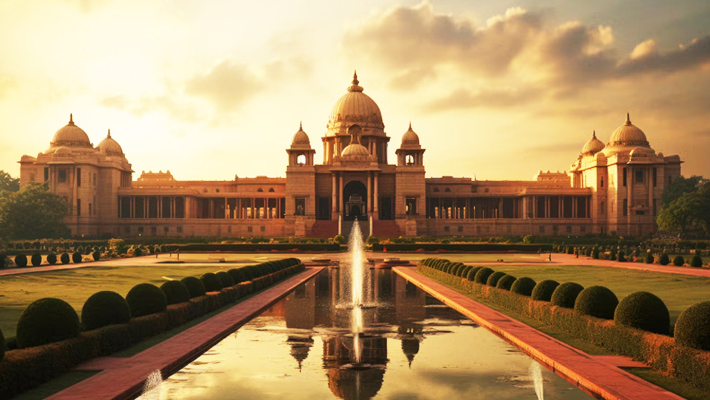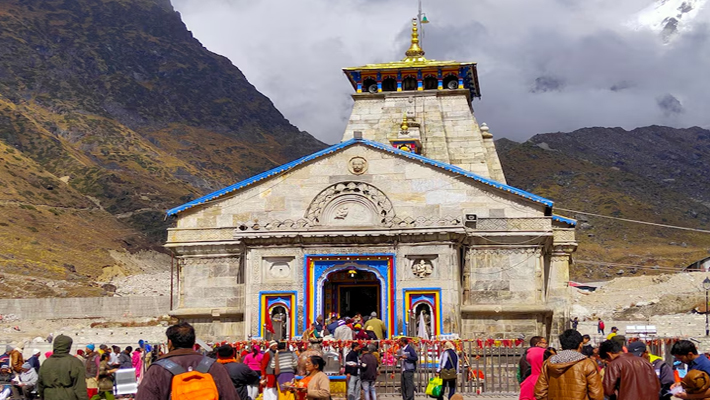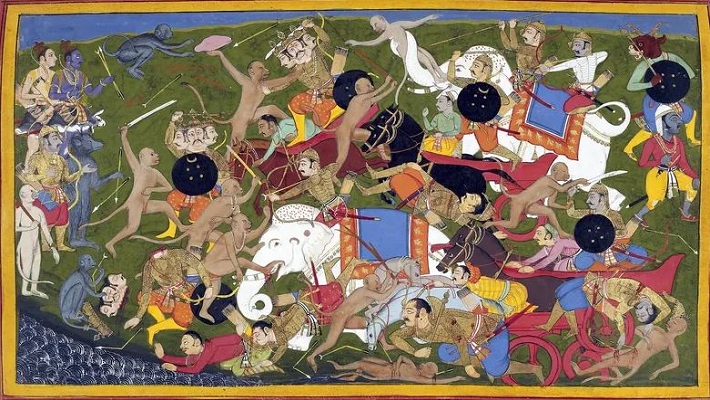
Do you there are 300 versions of the Great Indian Epic Ramayana?
We have all read or at least watched the Ramayana story at some point in our lives. It discusses the good vs evil, the dutiful son, the self-sacrificing wife, and the loyal brother. The Sanskrit version of the Ramayana was written by the Sage Valmiki, and every Indian home has a copy of Saint Tulsidas' Ram Charitramanas. It's fascinating to note that the Ramayana is not only present on the Indian Subcontinent but also in South Asian nations like Cambodia, Indonesia, and Vietnam that are located on the opposite side of the Indian Ocean with their own versions.
Here are 8 versions of Ramayana with interesting stories:
Sita as Kali in Adbhut Ramayana
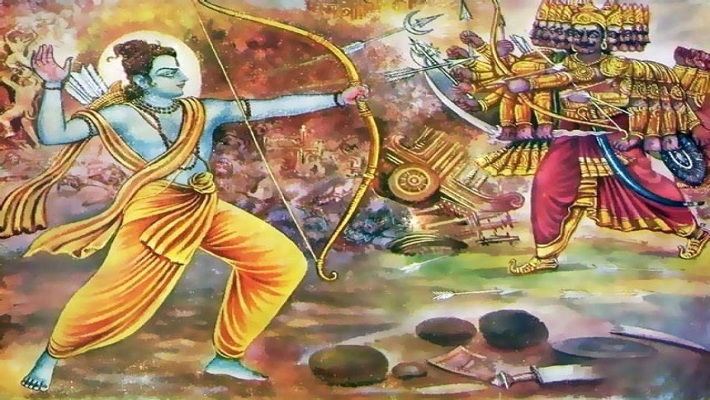
Sita's portrayal in the Adbhut Ramayana is particularly noteworthy. She is not the docile, defenseless victim who is awaiting her husband's intervention. In reality, when Rama is struck down and knocked out on the battlefield, she transforms into the ferocious Kali and causes havoc on earth. The story continues when Rama's consciousness is restored and the gods eventually appease Sita.
Hanuman, the King of Monkey in Kakawin Ramayana
The Javanese adaptation of the epic differs significantly from Valmiki's original and is regarded as the height of lyrical expression in Indonesia. The second half introduces Semar, the all-powerful Javanese guardian spirit, and his monster sons Gareng, Petruk, and Bagong, while the first half largely follows its Sanskrit predecessor. These four figures appear as hilarious servants to the hero, in this case, Prince Rama, and are common figures in Javanese shadow puppetry, also known as "Wayang." It's interesting to note that, unlike Bali or Sugriva in the original, Hanuman is regarded in this rendition as the king of the monkeys.
Rama and Sita as siblings in Dasaratha Jataka
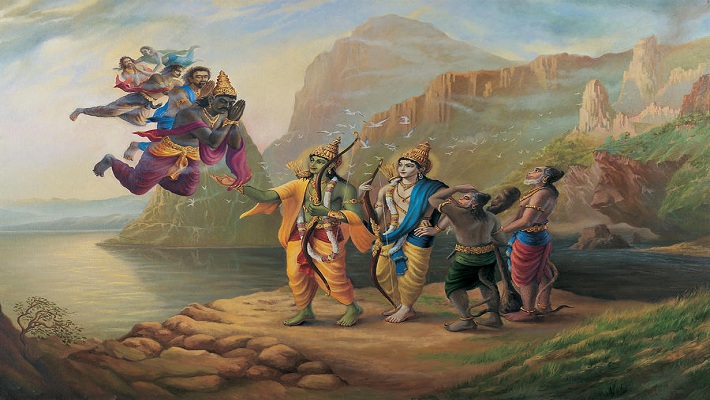
One of the earliest Buddhist versions of the epic is the Dasaratha Jataka. Rama and Sita are portrayed in this rendition as brothers, which may come off as a surprise reversal. To shield the pair from their envious stepmother, King Dasaratha sends them to the Himalayas rather than expelling them.
Since Ravana does not appear in this tale, the stepmother serves as the only opponent. Rama and Sita return to Varanasi, not Ayodhya, and get married after things have calmed down. Remember that some societies have this rule in place to maintain caste purity when there are no appropriate mates, although it offends your morals.
Lakshman as the Ravana slayer in Paumachariya
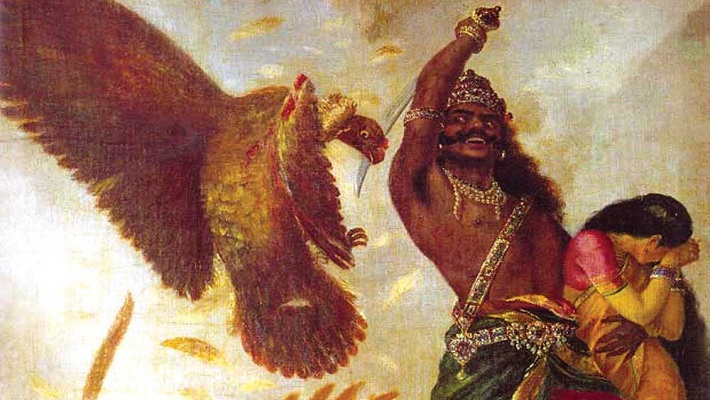
Paumachariya is the name of one of the Jain translations of the Ramayana, written by Vimalsuri. The Jain Ramayana purges the Valmiki Ramayana of all elements of fancy and offers a fairly logical interpretation of the epic.
For instance, it disproves the notion that there was an army of monkeys and proposes that they were a tribe of warriors who used the monkey as their totem or emblem. The fact that Lakshman is portrayed as having killed Ravana is the version's most significant change. Rama cannot murder since he is a perfect Jain and has sworn never to use violence.
Rama is a hero in this instance as well since he exemplifies the Jain religion's ultimate ideals. His pacifism is a reflection of his valor.
Hanuman meets Mermaid in Reamker
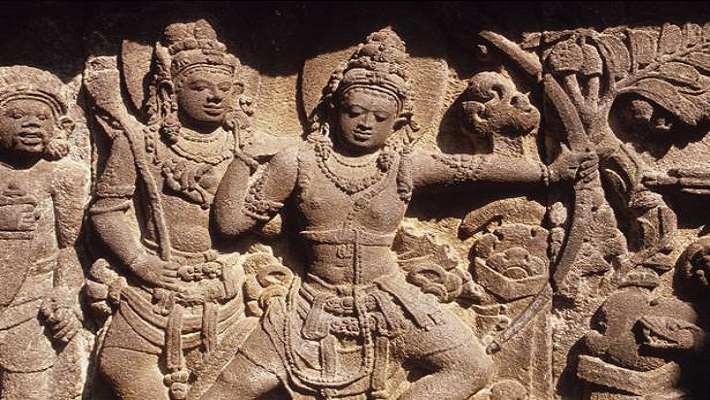
The Cambodian version of the Ramayana draws on its Hindu foundations and incorporates elements of Buddhist philosophy. The narrative, which is titled "Glory of Rama," emphasizes the struggle between good and evil and explores concepts of justice and loyalty via the characters of Phreah Rama (Ram), Neang Seda (Sita), and Krong Reap (Ravana). In this rendition, new characters are introduced, such as Sovanna Maccha, a mermaid that Hanuman meets while traveling.
Lakshman's Agni Pareeksha in the Gond Ramayani
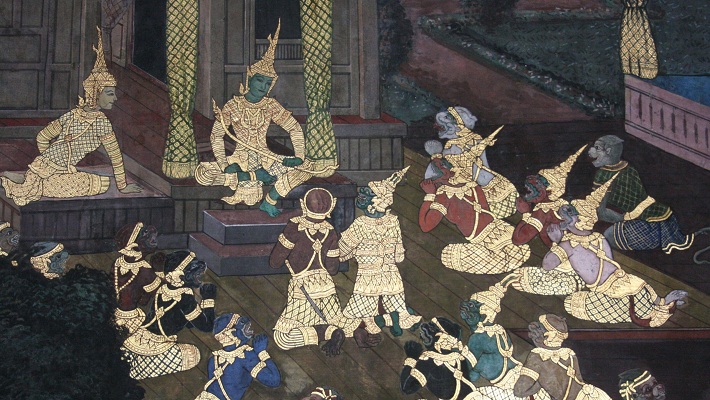
This is a collection of seven stories from the Gond tribe's folklore. This story starts after Sita is saved, which is where the classic Ramayana concludes. Lakshman, not Rama, is the main character.
Indra's daughter Indrakamani is so enamored of Lakshman in the first story that she takes to the skies in the form of an eagle to visit him. She tries to rouse or seduce a sleeping Lakshman, but to no avail. Frustrated, she rips off her clothing and jewelry.
When Sita notices these remains, she accuses Lakshman of engaging in lewd behavior and informs Rama of her suspicions. Lakshman is forced to endure the fire test to demonstrate his virginity at that point.
Hanuman as a ladies' man in Ramakirti and Ramakien
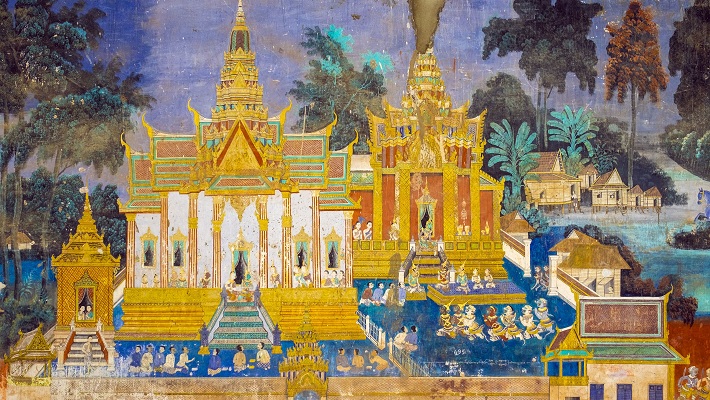
Hanuman's persona plays a significant part in Thai adaptations of the Ramayana. He is not celibate and has sexual desires, more like a Casanova.
Even Ravan is portrayed considerably differently in the Thai translation of the Ramayana; he is regarded as a mighty monarch deserving of respect and an accomplished scholar. Though fatalistic, his pursuit of Sita is seen as genuine romantic love. Instead of being revered as models of good moral and social behavior like they are in India, Ramakirti and Ramakien are regarded as great comedians in Thailand.
When a squirrel gets blessed by Rama in Ranganatha Ramayana
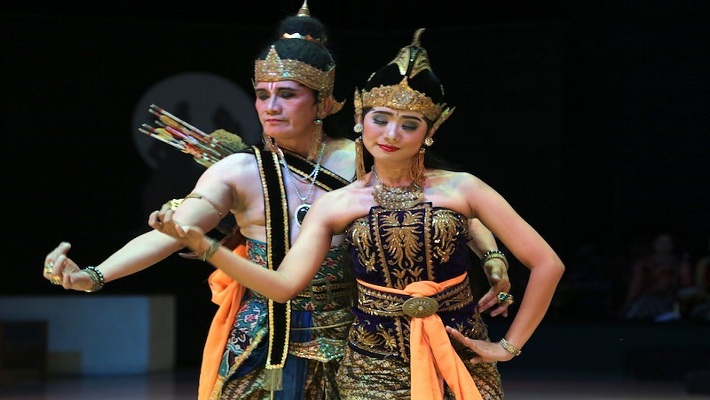
The epic was written between 1300 and 1310 AD by the renowned poet Ranganatha. The story of the fabled squirrel incident, which occurred when the vanaras were assisting Rama in building a bridge to Lanka, was first told in the Ranganatha Ramayana, which is well-known. Rama thanks the creature and blesses it by making three lines with his fingers on its back.


